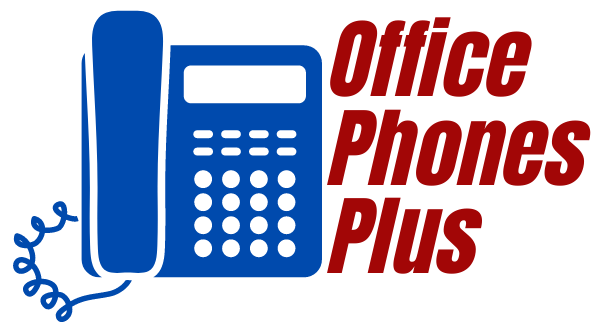The Best Phone Features for a Hybrid or Remote Workforce
It’s 2025, and businesses continue to embrace hybrid and remote work models, which means reliable communication tools have never been more critical. Maybe your team is working from home, or working on the go, or maybe they’re even working in a satellite office—in any case, having the right phone system (with the right features) in place ensures everyone stays connected, productive, and responsive. But not all phone solutions are created equal.
To keep up with today’s flexible work environments, organizations need phone systems that go far beyond simple call forwarding. But if you’re in the habit of using the same old-fashioned communication tools, you might be wondering, “What features do I need for a remote workforce?”
Here are the top phone features that make a real difference for remote and hybrid teams.
1. Mobile and Desktop App Integration
One of the most essential features for remote workers is the ability to use the same phone system seamlessly across multiple devices. Mobile and desktop app integration allows employees to make and receive calls, access contacts, and manage settings no matter where they are or what device they’re using.
This flexibility is especially useful in hybrid setups, where employees might work from the office one day and from home the next. With apps that sync in real time, workers can transition from their computer to their mobile phone without losing access to key information or call logs. Everything stays in one place—no need to juggle between personal phones, outdated landlines, or patchwork software.
Apps also make it easy to manage call preferences on the go. Need to send a call to voicemail while in a meeting? You can do that in a few taps. Missed a call while out on a walk? The voicemail is ready and waiting in the same app where your email lives.
2. Call Flipping and Remote Voicemail Access
Speaking of flexibility, call flipping is a gamechanger for professionals who are constantly moving. This feature lets you transfer an active call from one device to another—say, from your office desk phone to your mobile—without dropping the connection or alerting the person on the other end. It’s seamless, intuitive, and perfect for keeping conversations going when schedules are tight or environments change.
Remote voicemail access is equally valuable. In traditional office setups, voicemails might be tied to a single desk phone. But today’s systems let users check, save, forward, or delete voicemails from any device. Many systems even offer voicemail-to-email transcription, turning messages into text and delivering them straight to your inbox. It’s a fast, convenient way to stay in the loop, especially when you’re in back-to-back virtual meetings.
3. Team Messaging and Video Conferencing
A truly modern phone system doesn’t just support voice calls—it should also serve as a hub for all communication. Team messaging and video conferencing are two must-have features that bring your remote workforce together.
Team messaging tools let employees chat in real time, organize conversations by topic or department, and collaborate without clogging up email threads. This reduces response times and encourages more casual, continuous communication—the kind that naturally happens in an office hallway but is harder to recreate remotely.
Video conferencing, meanwhile, allows teams to meet face to face even when they’re across the country—or the world. Whether it’s a quick daily check-in or a company-wide meeting, integrated video tools make it easy to start a call directly from your phone system’s app. No switching platforms or dealing with compatibility issues. Plus, many systems support screen sharing, calendar integration, and meeting recording, making collaboration just as effective as it would be in person.
4. Cloud-Based Administration Tools
Of course, all these features need to be manageable. That goes not just for users but also for IT and business administrators. And this is where cloud-based admin tools come in.
With a cloud-hosted phone system, managing users, permissions, call flows, and analytics is simple. Everything can be accessed through a secure web portal, so updates can be made remotely, in real time. Need to onboard a new team member who’s starting from home? You can assign them a number, set up their voicemail, and configure their call routing all from your browser.
Cloud tools also help monitor system usage and performance. Admins can track call volumes, monitor response times, and troubleshoot issues without needing to be onsite. It’s not only more efficient; it’s essential for growing teams with employees spread across multiple time zones or regions.
Scalability is another huge benefit. As your company evolves, cloud-based systems let you add or remove lines as needed, often without extra hardware. This makes it easier (and more affordable) to support seasonal staff, contractors, or expanding departments.
Final Thoughts
The right phone features can be the difference between a disjointed team and a high-performing one. In hybrid and remote work environments, communication has to be seamless, intuitive, and accessible—no matter where employees are or what devices they’re using.
From mobile and desktop app integration to call flipping, messaging, video conferencing, and cloud-based administration, today’s best business phone systems are built to empower flexibility without sacrificing professionalism.
If your team is still relying on outdated tools or patchwork solutions, now is the time to upgrade. With the right features in place, your workforce can collaborate more effectively, respond faster, and stay connected—wherever work happens. Let our team at Office Phones Plus connect you. Give us a call at 410-834-4900.

